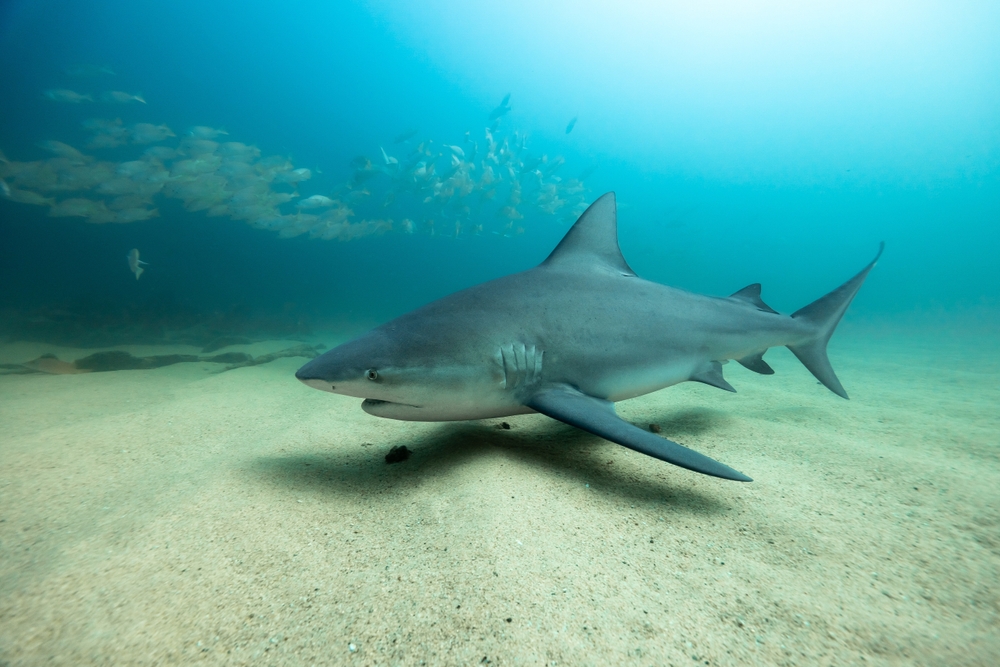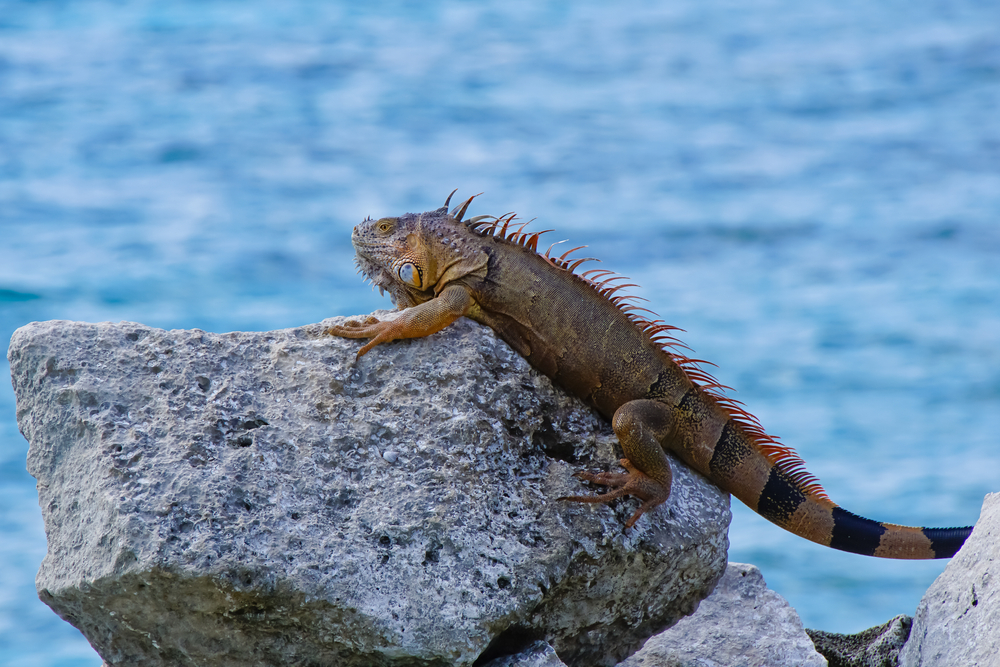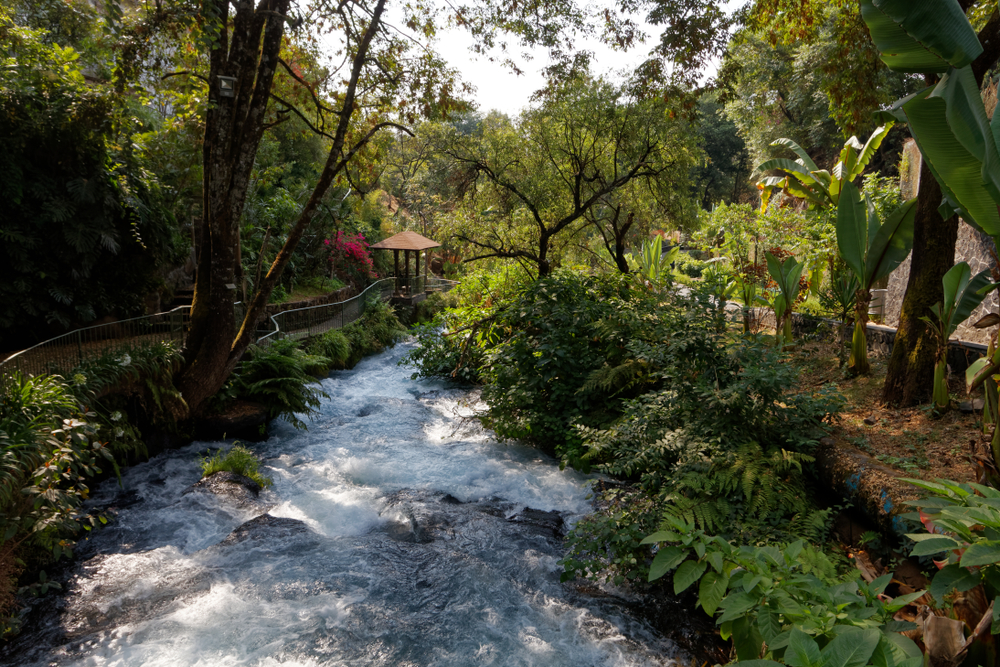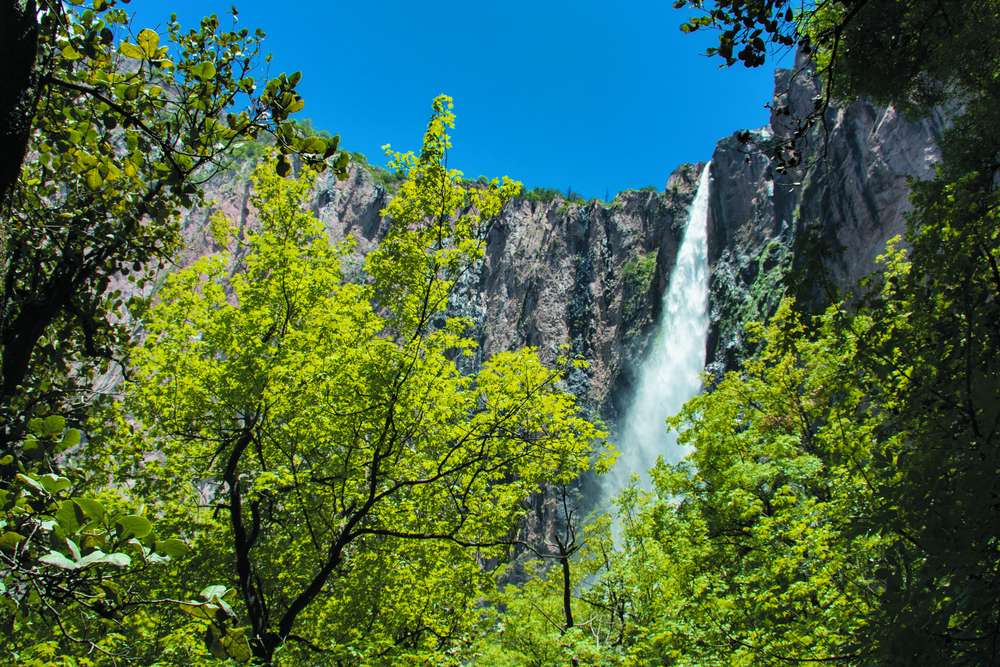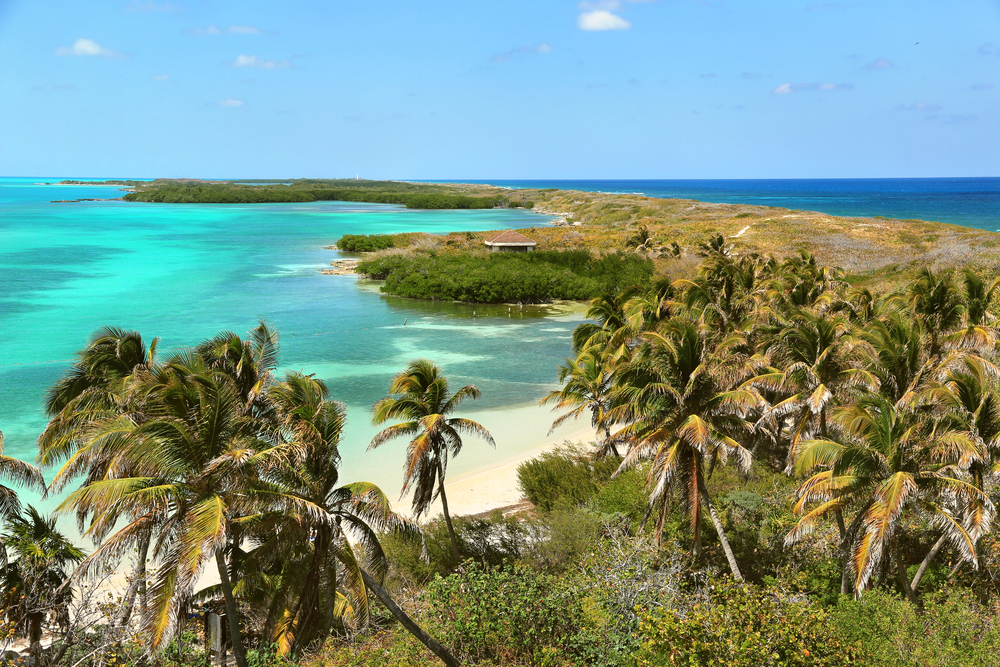Cabo Pulmo Overview
Cabo Pulmo National Park, or Parque Nacional Cabo Pulmo in Spanish, is a marine reserve located on the eastern coast of Mexico’s Baja California Peninsula.
Covering approximately 27.5 square miles (71 square kilometers), the park lies along the Sea of Cortez, a body of water often referred to as the “Aquarium of the World” due to its remarkable biodiversity. It is situated about 60 miles (100 kilometers) north of Cabo San Lucas in the state of Baja California Sur.
This national park is recognized for its critical role in marine conservation and its status as a UNESCO World Heritage Site, protecting one of the most significant coral reef systems in North America.
The landscape of Cabo Pulmo National Park is shaped by both desert and ocean influences. The surrounding land is characterized by arid, rocky terrain with sparse vegetation, including towering cardón cacti and hardy desert shrubs that thrive in the harsh conditions.
The park’s coastline consists of sandy beaches and dramatic rocky cliffs, which frame the stunning turquoise waters of the Sea of Cortez. Beneath the surface, the marine environment flourishes with the only living hard coral reef on the west coast of North America. Estimated to be around 20,000 years old, this reef system provides a rich habitat for an astonishing variety of marine life.
Wildlife is the main attraction at Cabo Pulmo, especially below the water’s surface. The park is home to a vast array of marine species, including sea turtles, manta rays, and more than 300 species of fish, such as groupers, snappers, and the strikingly beautiful king angelfish. Large predators like bull sharks and reef sharks frequent the area, while seasonal visitors such as humpback whales, whale sharks, and orcas pass through its waters.
The park is also an important breeding ground for sea turtles, including the endangered leatherback and hawksbill species. In the sky, frigatebirds and brown pelicans soar above the waves, while osprey nests dot the coastal cliffs.
Among the most popular features of Cabo Pulmo National Park is its thriving coral reef, which attracts snorkelers and scuba divers from around the world. Diving in the park offers encounters with massive schools of fish, vibrant coral formations, and occasional sightings of dolphins and rays gliding through the water.
Kayaking along the coastline is another favorite activity, allowing visitors to explore the park’s pristine beaches and coves. Whale-watching tours operate during the winter months, providing opportunities to witness migrating gray and humpback whales. On land, hiking trails lead to scenic viewpoints overlooking the Sea of Cortez, offering a chance to take in the park’s rugged desert beauty.
Visitors to Cabo Pulmo engage with the park primarily through eco-friendly activities, with strict regulations in place to minimize environmental impact. Snorkeling and diving tours operate under controlled conditions to protect the fragile coral ecosystem.
Many travelers stay in the small, eco-conscious village of Cabo Pulmo, where solar power and sustainable practices are prioritized. Local conservation initiatives encourage responsible tourism, with efforts focused on protecting marine species, preventing overfishing, and maintaining water quality.
Cabo Pulmo National Park stands as one of the greatest success stories in marine conservation. Once severely overfished, the reef’s restoration over the past few decades has been extraordinary, with fish populations rebounding by over 400% since the park’s establishment in 1995.
Strict no-fishing policies and community-led conservation efforts have played a significant role in its revival. However, challenges remain, including the pressures of increasing tourism and climate change, which threaten the long-term health of the reef. Ongoing research and careful management are essential to ensuring that this marine sanctuary continues to thrive for generations to come.








































































